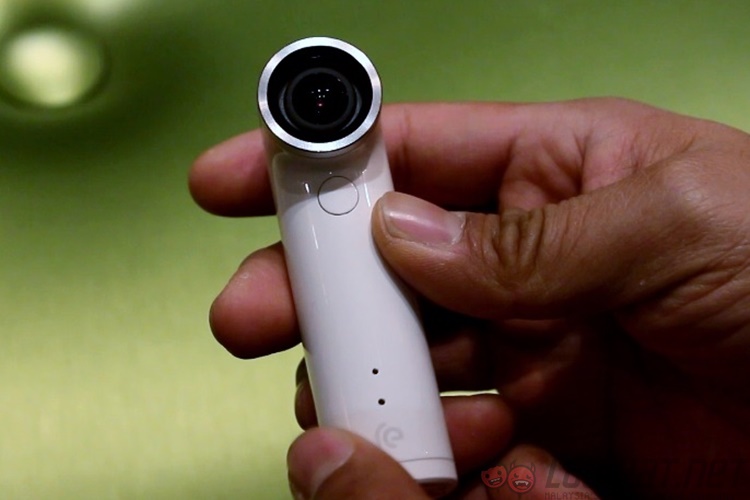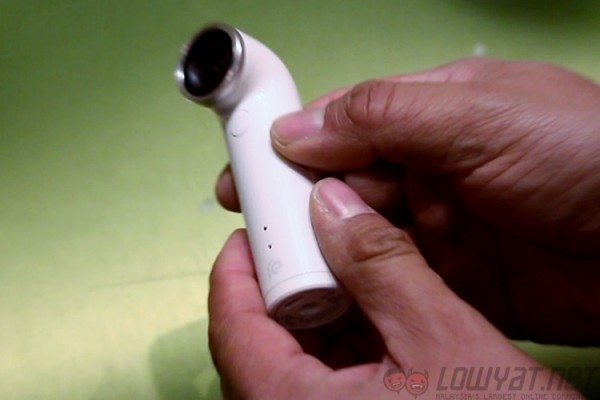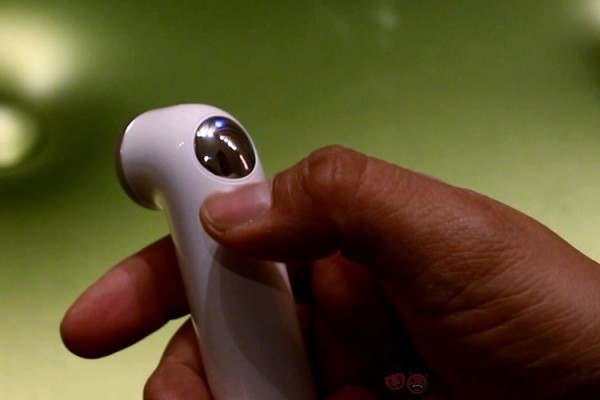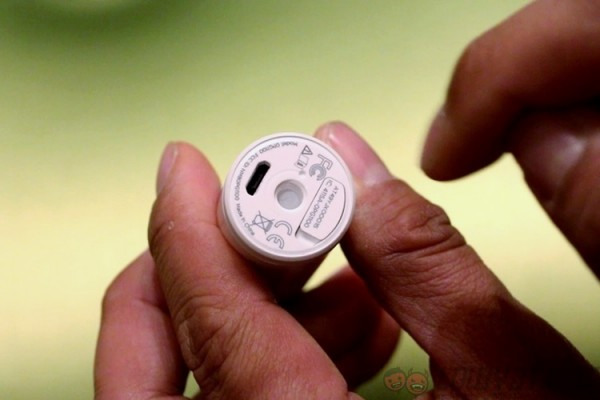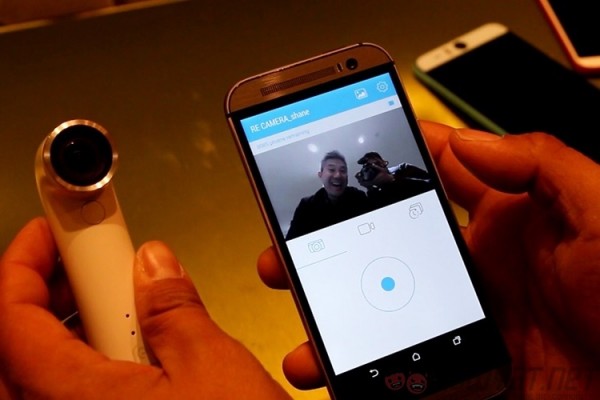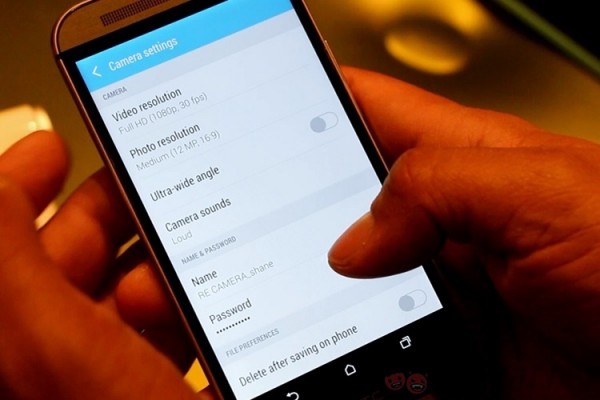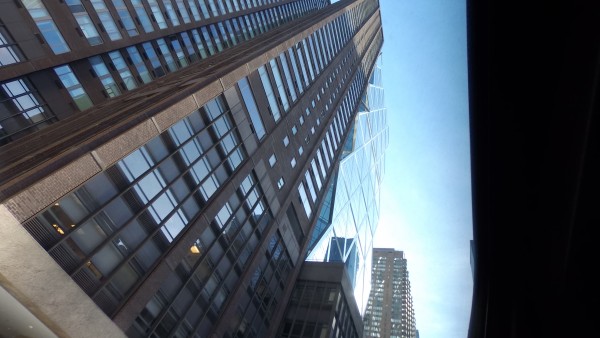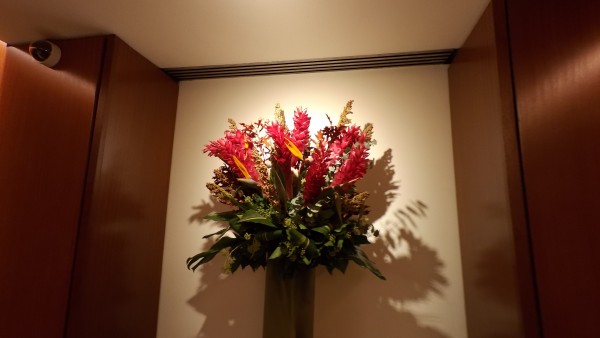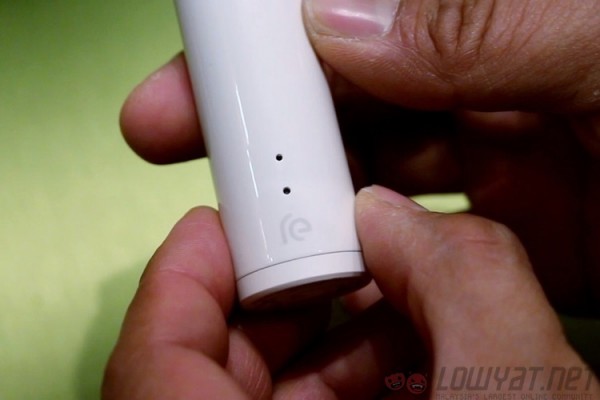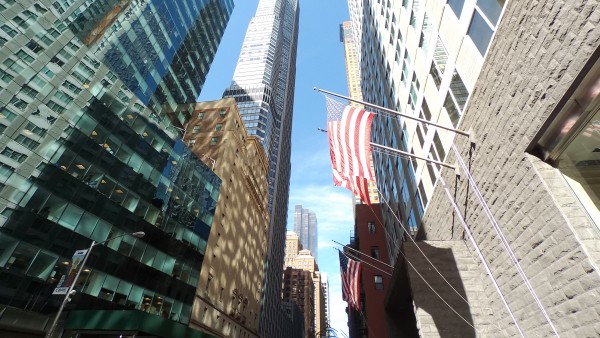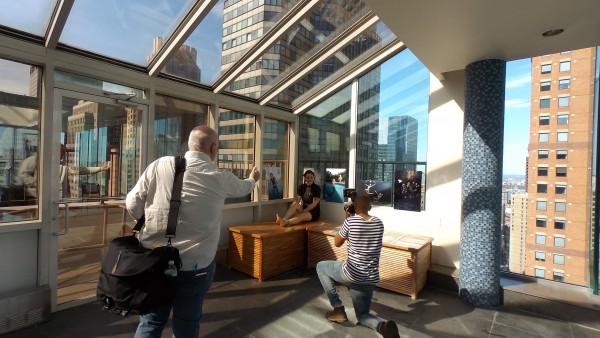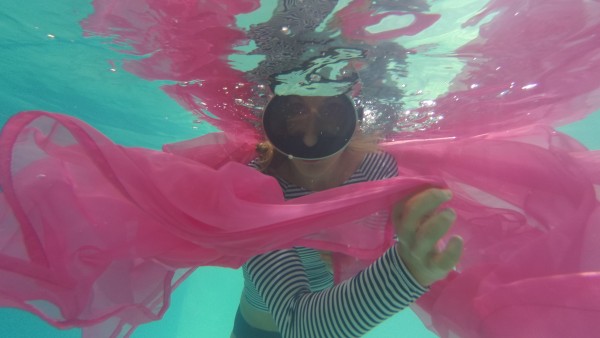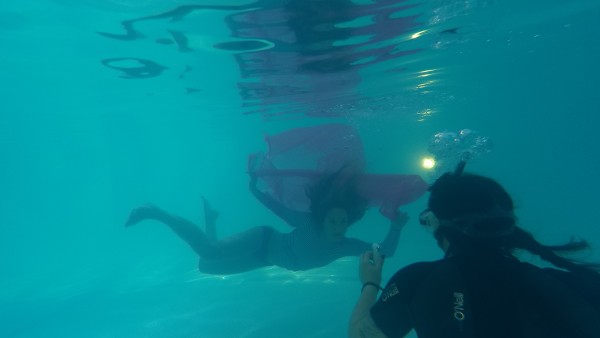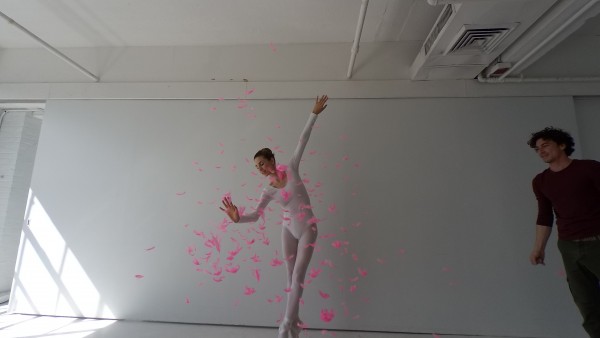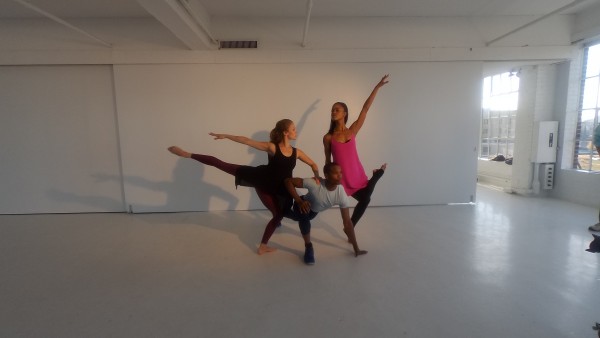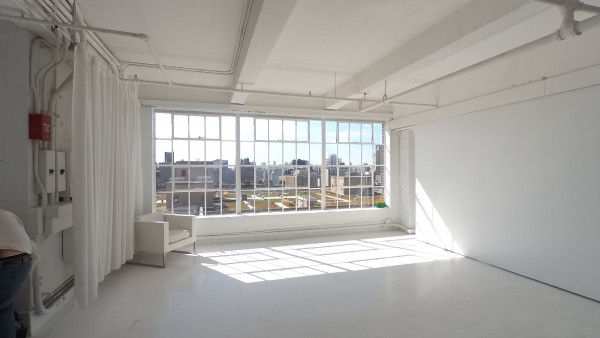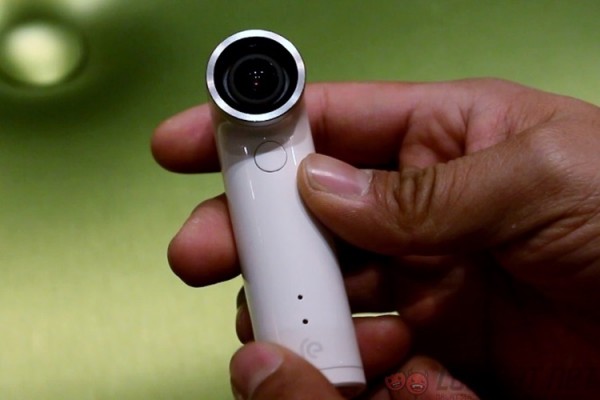 It’s been called a lot of things, from a WW2-era torchlight, an inhaler and even a bidet, but one thing’s for certain: HTC definitely got people talking about its latest product, the Re camera.
It’s been called a lot of things, from a WW2-era torchlight, an inhaler and even a bidet, but one thing’s for certain: HTC definitely got people talking about its latest product, the Re camera.
It isn’t an action camera, either. Instead, the Re can be better described as a lifestyle camera, a highly pocketable device that lets you take pictures of memorable events while still being in the moment – and not peering through a viewfinder.
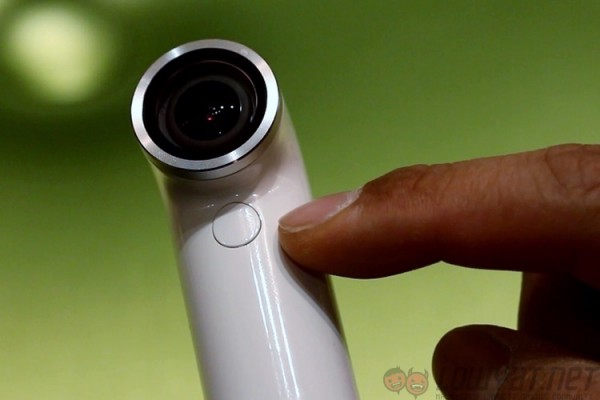
At the global launch event in October, HTC pointed out that since the first camera, the photographer would always be required to peer through a viewfinder to perfectly frame a shot. HTC also shared an anecdote that many photographers can identify with: to be too focused on capturing the perfect shot that you detach yourself from that moment you’re hoping to immortalise with in photos.
With the Re, HTC wants you to take your eyes away from the camera and live in the moment – while still capturing that moment.
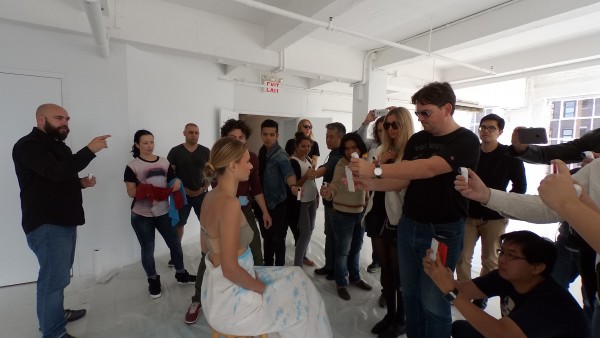 Sample image from the HTC Re (Click for full resolution)
Sample image from the HTC Re (Click for full resolution)
To do this, HTC made many conscious design decisions. The first was portability. The Re was designed to easily slip into a backpack, a handbag or even your pocket, allowing you to take it virtually anywhere – even underwater. The small and light body is shaped like a tube, as that is the shape the human hand makes when forming a grip. The shutter button is aligned to perfectly sit below your thumb when you form a grip.
In addition, the Re is designed as an always-on camera, which is activated by gripping the device. Capacitive sensors located on the body will sense a grip and enable the camera. Put it back down, and it goes into standby mode. Little LEDs located at the front and back of the device let you know when the battery is low.
Most importantly, the Re does not have a viewfinder. This is likely the RE’s most controversial design decision that will invariably split opinion. You’ll have to point to the general direction of what you’re trying to capture, and hope that the wide-angle lens captures the shot.
To demonstrate just how different the Re is from a standard camera, HTC invited members of the media on a short excursion after the global launch of the Re camera. We met up with several photographers specialized in specific areas, and all naturally gushed about the Re, praising the performance of the 16MP sensor, slow-mo video recording capability, and its ease of use.
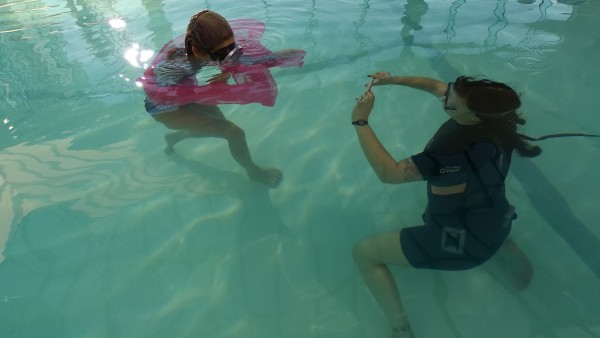 Sample image from the HTC Re (Click for full resolution)
Sample image from the HTC Re (Click for full resolution)
That latter factor is really evident in our day out with the Re. Taking photos never felt easier: just point the Re to whatever you wish to shoot, and press the button. The experience is even faster than with smartphone cameras, which are arguably what killed the point-and-shoot camera.
Navigating the Re is just as easy. Press the big button to take a picture. Long-press the big button to record a video (a beep will let you know when it is recording). Press the little button at the front to enable slow-mo video recording (a different beeping sound will notify you, and the LED turns blue). After recording a slow-mo video, the Re defaults back to standard recording.
And that’s it. At the bottom, there’s a standard tripod mount, and next to it, a flap that conceals the microSD card slot (the Re ships with an 8GB card, but it supports up to 128GB cards). One last thing to note is the IPX7 rating, meaning the Re can be submerged underwater up to 1m deep for as long as 30 minutes while still retaining all of its capturing capabilities.
There’s a Re app, too, which supports both Android and iOS platforms. The Re app further extends the Re camera’s capability, giving you a live viewfinder should you wish, or tweak its photo and video settings. The best part, though, is the fact that a paired Re camera can be configured to snap time-lapse videos, where the app lets users control how long the time-lapse would last, and the intervals between shots.
All images are stored on the Re, but it can transfer images and videos to a paired smart device via the app, using WiFi Direct on supported Android devices and Bluetooth on iOS. Only the slow Bluetooth connection is supported for iOS devices, because Apple does not include support for WiFi Direct connectivity.
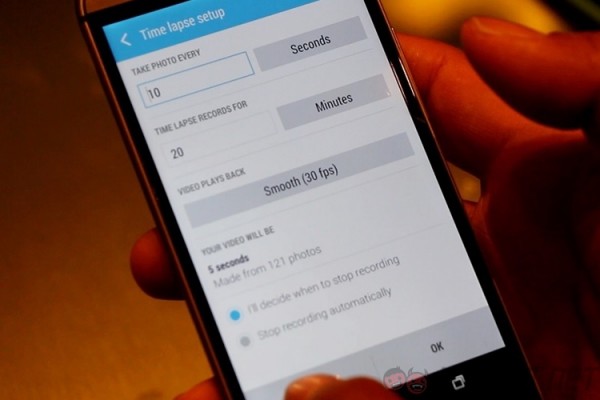
In our half-day or so with the Re camera, it was evident just how useful it is for street photography. Its always-on feature means you rarely miss a moment, capturing spontaneous shots of people and events around you. The shape and small form factor also allows the Re to capture in various angles. Within a few shots, you naturally begin to trust the wide-angle lens to capture what you wish to – even when you don’t have access to the app.
And at the end of the day, another, more romantic aspect of the Re camera became apparent. Since you can’t see the shots you’ve taken, you need to take the microSD card out to view them on a smartphone, computer or TV. In a way, this non-instantaneous approach harkens back to the days of the film camera, when a surprise always awaits when the roll is developed.
Sample images from HTC Re camera – click on each image to view full resolution
https://www.youtube.com/watch?v=0UbshGiNxnY
Before going on our experiential tour, we were told that the Re software was still being finalised, and we may encounter some bugs along the way. The shutter sound, for instance, goes off about a second after the shot is taken. And, as you can see below, slow-motion videos have a prevalently soft focus regardless of lighting. It happened to a few other members of the media as well, which makes it a pretty serious issue – nobody wants an off-focus video, even if the slow-mo effects make them pretty cool.
HTC, for their part, have acknowledged the issues, and has promised that these will all be fixed when the product ships.
Reimagined. That’s what the “Re” product name is shortened after. It certainly is different, and the experience is one that is thoroughly unlike traditional photography, but therein lies both the Re’s greatest asset and weakness: is this unique experience too “out there” for consumers to accept?
Sample Images – click on each image to view full resolution
Follow us on Instagram, Facebook, Twitter or Telegram for more updates and breaking news.

